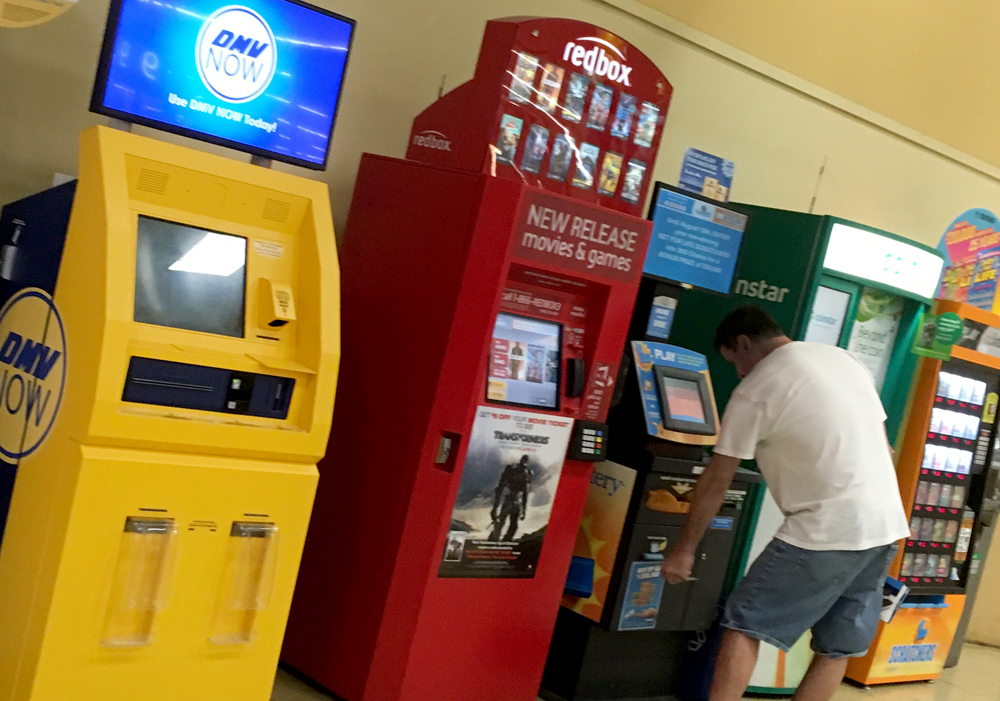Master Excel VBA in Minutes: Code Your Sheets Easily

The magic behind Microsoft Excel lies not just in its ability to organize and calculate data but in its vast potential for automation and custom functionality through VBA (Visual Basic for Applications). This post will guide you through the basics of Excel VBA, detailing how to code your spreadsheets for increased efficiency, personalized functionality, and dynamic data manipulation.
Understanding VBA in Excel

VBA is an event-driven programming language developed by Microsoft, primarily for automating repetitive tasks in Microsoft Office applications. Here’s why you should consider learning VBA:
- Automation: Automate repetitive tasks, reducing manual work and increasing productivity.
- Customization: Create custom functions, tools, and UI elements tailored to your specific needs.
- Interactivity: Add buttons, forms, and controls to make your spreadsheets interactive.
- Data Management: Manipulate large datasets with ease, performing complex data operations with just a few lines of code.
Getting Started with VBA

Before diving into the code, you need to prepare your Excel environment:
- Open Excel and press ALT + F11 to open the VBA Editor.
- Insert a new module by right-clicking on “VBAProject (YourWorkbook)” > Insert > Module.
- You’ll see the VBA Editor interface where you can write your code.
Your first VBA program will be the classic “Hello World”:
Sub HelloWorld()
MsgBox "Hello, World!"
End Sub
Here's what this code does:
- The Sub keyword denotes the start of a subroutine or macro.
- "HelloWorld" is the name of the macro.
- The MsgBox function displays a message box with the text "Hello, World!".
- The End Sub line marks the end of the subroutine.
🔍 Note: Remember to enable macros in Excel to run your VBA code.
Writing Simple VBA Code

Let’s look at a few basic tasks you can perform with VBA:
1. Manipulate Cells

To write a value into a cell:
Sub WriteToCell()
Range("A1").Value = "Hello, VBA!"
End Sub
2. Basic User Interaction

Here’s how to prompt the user for input:
Sub UserInput()
Dim userResponse As String
userResponse = InputBox("Enter your name:")
MsgBox "Hello, " & userResponse
End Sub
3. Looping Through Data

To loop through cells and perform an action:
Sub LoopThroughCells()
Dim i As Integer
For i = 1 To 10
Cells(i, 1).Value = i
Next i
End Sub
This will populate the first 10 cells of column A with the numbers 1 through 10.
⚠️ Note: When working with loops, ensure your code has proper exit conditions to prevent infinite loops.
Creating Functions and Subroutines

VBA allows you to write custom functions that can be used in Excel formulas. Here’s an example:
Public Function GetFactorial(n As Integer) As Long
If n = 0 Then
GetFactorial = 1
Else
GetFactorial = n * GetFactorial(n - 1)
End If
End Function
You can now use this function in any cell as =GetFactorial(number).
Advanced Features

VBA can do much more than basic cell manipulation:
- User Forms: Create custom UI forms for data entry and interaction.
- Error Handling: Use Try-Catch blocks to handle errors gracefully.
- Interaction with Other Applications: Automate tasks across multiple Office applications.
- Data Analysis: Analyze datasets using VBA or create automated reports.
User Forms Example

To create a simple form:
- In the VBA Editor, right-click on your workbook > Insert > UserForm.
- Add controls like TextBoxes, CommandButtons, and Labels from the Toolbox.
- Double-click any control to write event-driven code. For instance, a click event for a button:
Private Sub CommandButton1_Click()
MsgBox "You clicked me!"
End Sub
📝 Note: Designing user forms effectively can greatly enhance the usability of your Excel applications.
Performance and Optimization

As you develop more complex VBA applications, consider:
- Turning off ScreenUpdating to speed up macro execution:
Application.ScreenUpdating = False
Using efficient coding practices like avoiding unnecessary loops, using arrays for bulk operations, and limiting interactions with the worksheet.
🚀 Note: Always profile your code for performance bottlenecks and optimize accordingly.
In wrapping up, exploring Excel VBA opens up numerous avenues for automation and personalization. From simple macros to complex applications, VBA can significantly enhance your Excel usage, making repetitive tasks quicker, complex operations simpler, and your spreadsheets more dynamic. With practice, you’ll find VBA not just useful but indispensable for any Excel-based workflow.
What is the difference between a Sub and a Function in VBA?

+
A Sub (subroutine) in VBA is used to perform actions or execute a series of statements. It does not return a value. A Function, however, can return a value, making it useful for calculations within formulas or for reuse in other procedures.
How do I debug my VBA code?

+
Use the Debug Toolbar in the VBA Editor. You can step through your code line by line with F8, set breakpoints by clicking on the left margin of the code window, use the Immediate window to print debug information, and watch variables or expressions change with the Watch window.
Can I interact with other Office applications using VBA?

+
Yes, VBA allows interaction between Office applications. You can automate tasks across applications like Excel, Word, PowerPoint, and Outlook using VBA. This is done through COM Automation, allowing your Excel VBA script to, for example, open Word documents, manipulate slides in PowerPoint, or send emails via Outlook.


